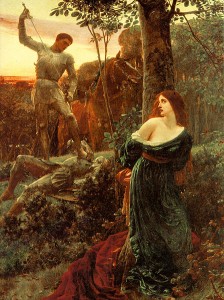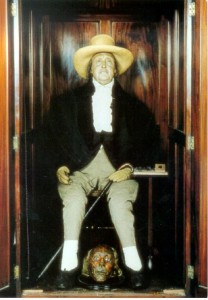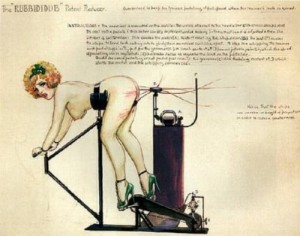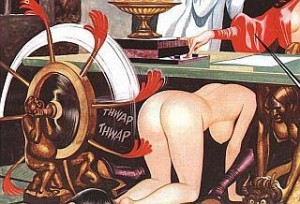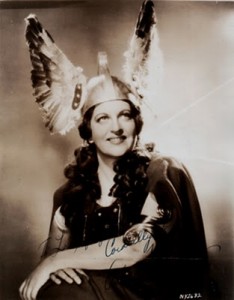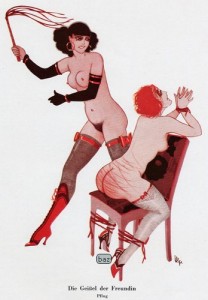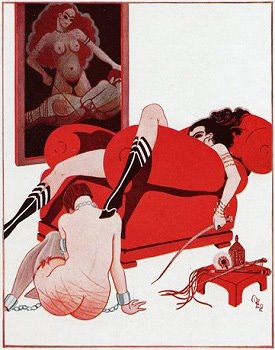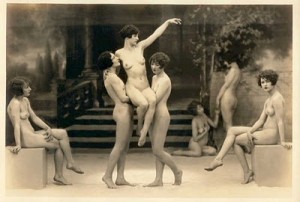“Jeremy Bentham was a man of leisure, took his pleasure in the evening sun, thought a lot about natural rights, finally decided that there were none.”
If the uncoolest band ever* says so, then it must be true. Anyway, yesterday I mentioned the Spanner case, in which a bunch of guys went to jail because they had bdsm sex with other consenting guys. Today a friend was telling me about the plan to censor the internet in Australia, to block things like this blog.
But before we can talk about censorship and our rights, we may need to try to define what we mean when we say we have a right to take part in bdsm. And what we mean if we say that authorities are violating our rights when they harass people for taking part in consenting bdsm, try to close clubs, block websites and so on.

Jeremy Bentham
Talking about rights, for me, means talking about the extremely unsexy philosopher Jeremy Bentham, who once said that the idea of natural rights was “nonsense on stilts”, which is brilliant. I mean the phrase “nonsense on stilts” is brilliant. But I’d also agree that rights aren’t a “natural” category, since nature hasn’t got a brain, or a conscience, or purposes; it’s just there. We interpret it and impose meanings on it.
Nor is there such a thing as a “god-given” right, even if you think gods exist.

Burn, baby burn: Christian inferno
A god can’t make something good by declaring it’s good, nor make something into a right just by declaration. When YHWH, the Christian god says you have a right to burn witches (Exodus 22:18) and force women into sexual slavery (Numbers 31:18), not many people think those really are rights.
But Bentham’s attack on the idea of natural rights (and implicitly on god-given rights) was part of his attack on “The Declaration of Rights” made by the French revolutionary parliament in 1791, and Bentham, as a patriotic Englishman, was slightly overstating his views to ridicule les Frogs. He was scoring debating points.
In general, Bentham thought that rights derived from society, and had to be enforced by law and sanction for them to be meaningful. That doesn’t mean he thought that rights don’t exist or are meaningless. “Rights”, in Bentham, are the autonomies (that is, the things the state won’t stop you from doing) and the expectations (like safety, and some opportunity to make a living, etc) that any society has to grant the individuals in that society, in order to allow individuals to live in the most happiness they can manage, while preserving common safety.
“Rights” are something that people create and defend. Sometimes they defend rights by argument and persuasion. The right of gay and lesbian people to marry if they want to is being won by debate and persuasion, with no riots or guns being necessary or useful. Sometimes people do have to defend rights by fighting, but mostly life isn’t that melodramatic.
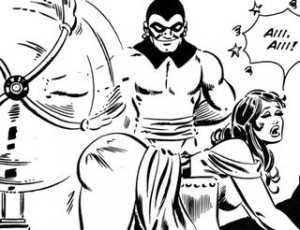
Two facts: (1) This machine was invented by Jeremy Bentham. (2) That isn’t even the weirdest fact about Jeremy Bentham.
I mentioned that Bentham was weird. That’s why this picture of a “spanking machine” is actually relevant when you’re talking Bentham. But we’ll come to that shortly.
To be continued. I’ll be back to telling stories soon. Oh, there was an asterix [*].
I shouldn’t have to explain that “the uncoolest band ever” means Emerson, Lake & Palmer. Uncool, unsexy, and brilliant.
